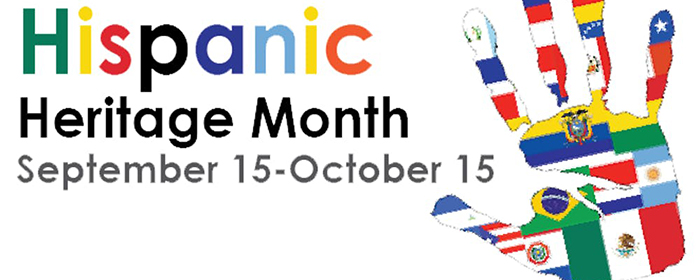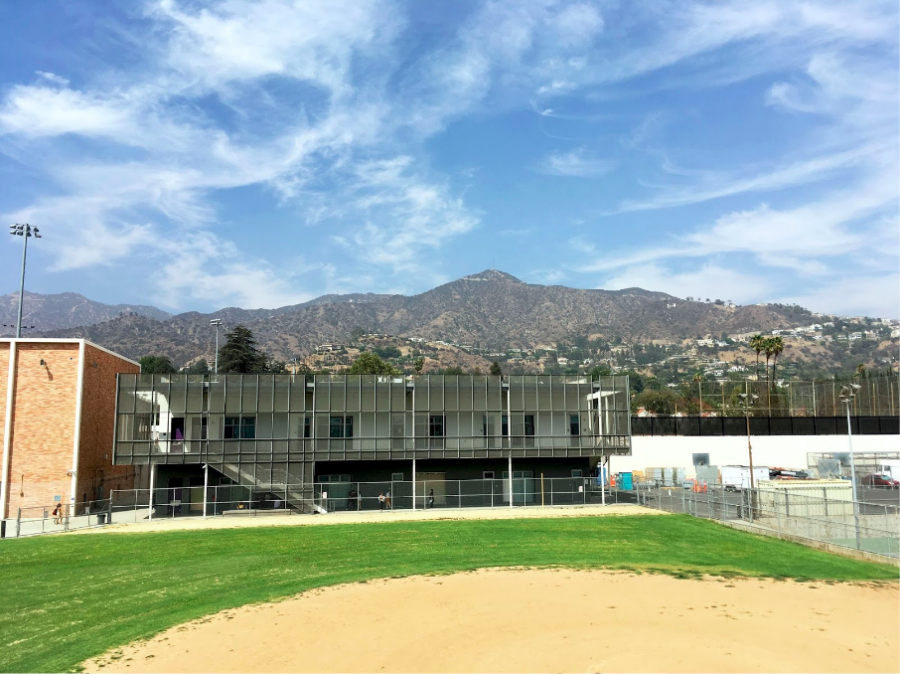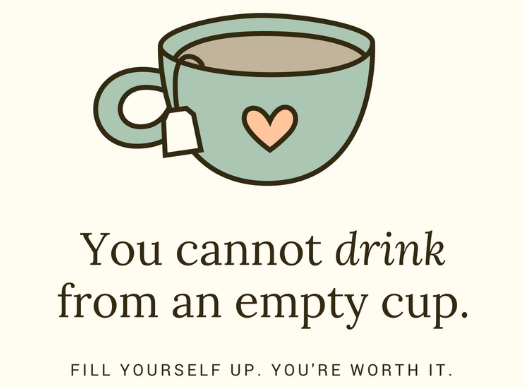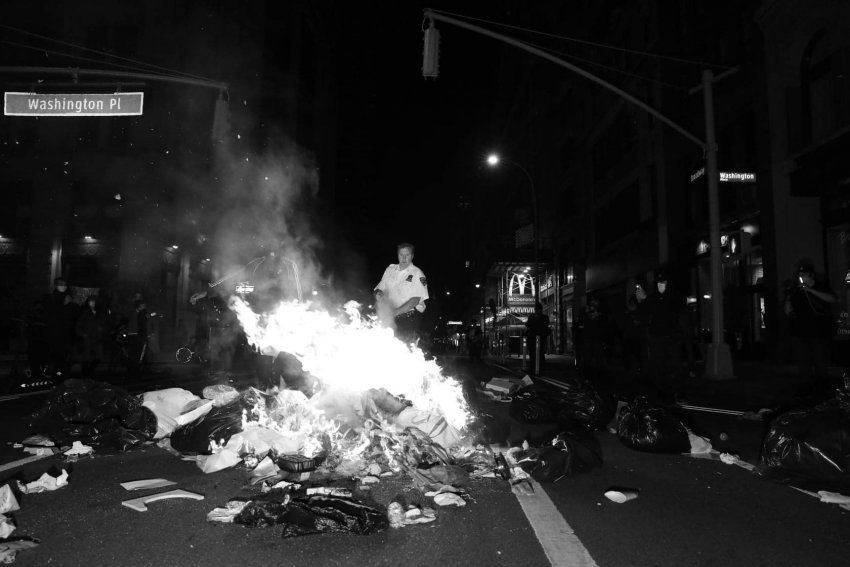By Julia Loughlin
The cultural differences around the world are extreme, when it comes to makeup and the beauty of people, it varies as well.
But what is it that makes us so different from the rest of the world? Americans are known by makeup artist as bold and colorful. Yet the everyday person stays in neutrals with highlights. Koreans love the style of a soft face with a bright rosy blush with the same tone matching their lips.
But how does our land impact the way we look at beauty and how we define an “American Beauty” from the rest of the world? The way we summarize how a culture looks as a whole is greatly impacted by the trend and recurrences in looks. Many people who are in the same culture wear similar makeup. One’s culture can also factor into if a person wears makeup and just how much they wear. In America, we are very accepting to makeup. Obviously not every single person in a culture is going to agree on what beauty is and how their makeup should be worn.
In fact many cultures frown upon makeup and are more into a natural face. For instance, the Philippines, many of them do not wear makeup at all, because that is what they think looks better on them. “In the spring it was pink cheeks and lips and for summer it will be coral,” says makeup artist and creative director for RMK Cosmetics, Tolu from Tokyo. People all over the world do their makeup differently, and nothing will be able to permanently define someone’s culture based off looks. Especially in America, where people can wear so much makeup they no longer look themselves. It is all up to the people themselves to create beauty. Since every person gets ready differently and each day applies a brand new fresh face, the possibilities are endless for women all over the world. It is truly amazing how all different cultures, people and places have their own perception of beauty and the way they decide to create themselves.
Below is Christen Dominique who is a makeup artist and has youtube videos on her channel about the cultural comparison of makeup.






